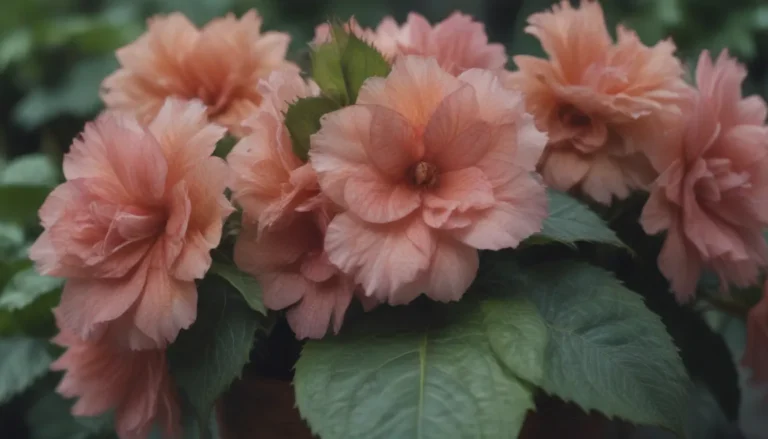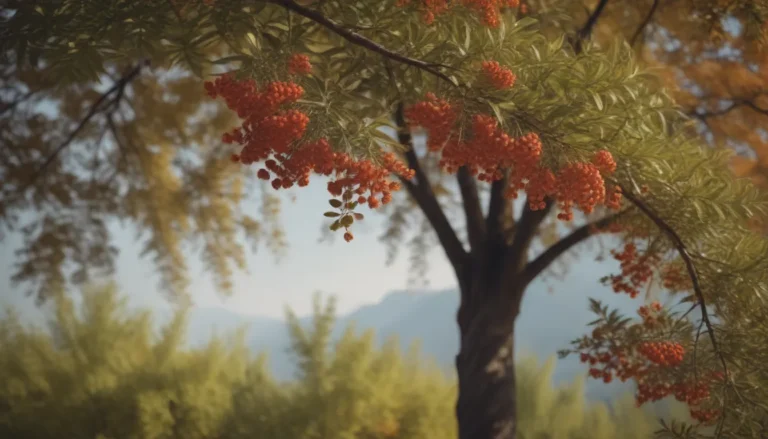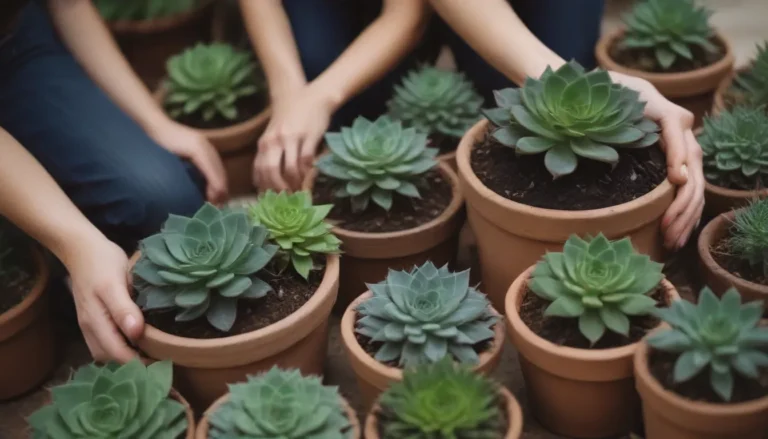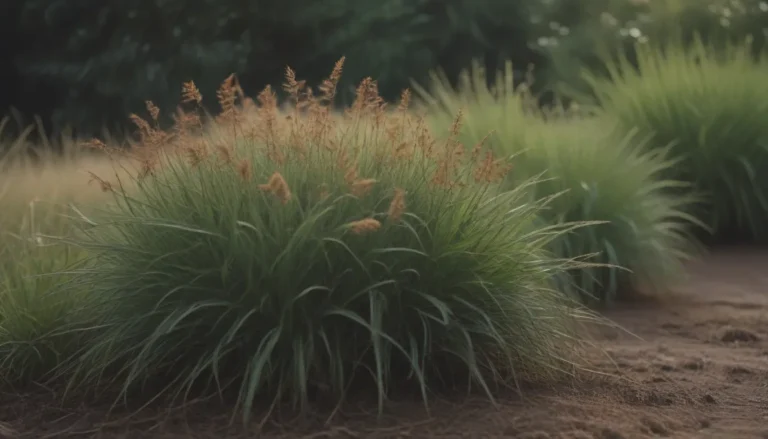A Comprehensive Guide to 10 Fig Tree Species for Indoor and Outdoor Gardening
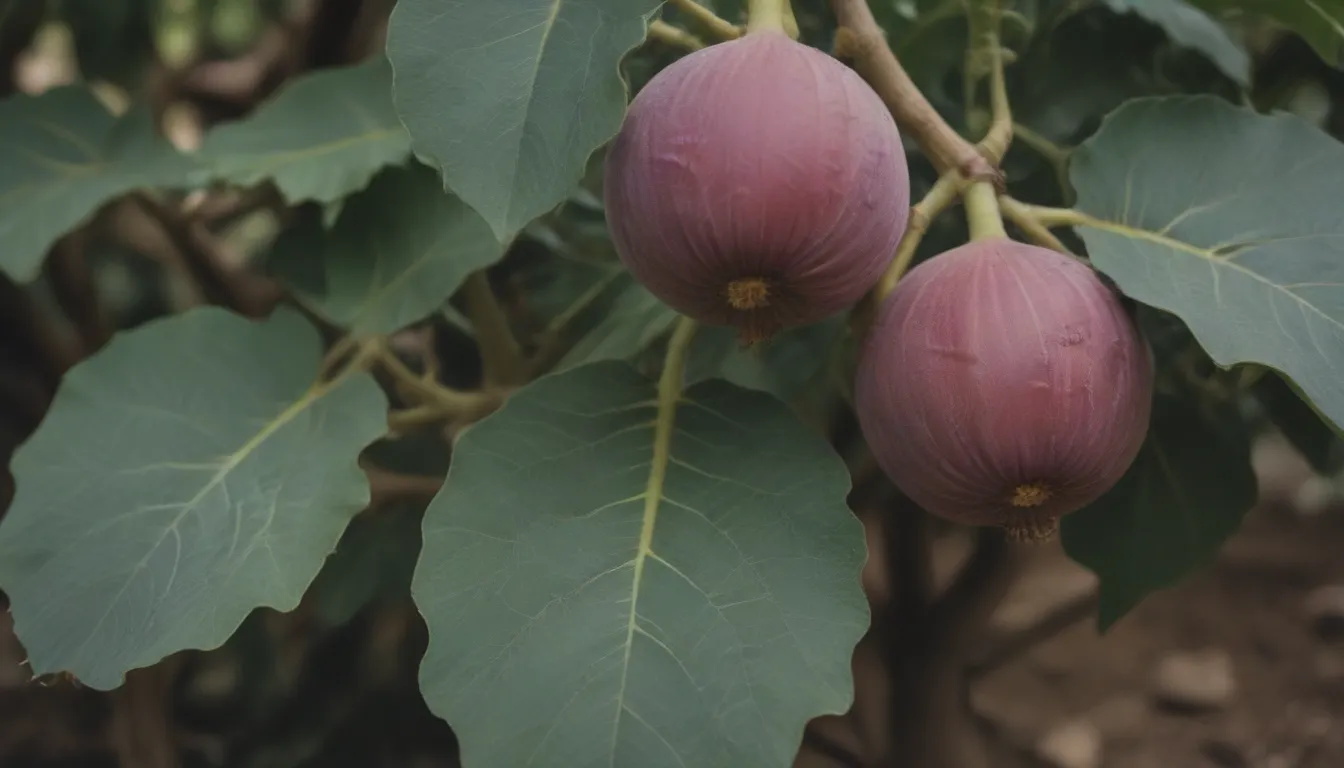
If you’re a fan of lush, green plants with interesting growth habits, look no further than fig trees (Ficus spp.). With over 800 species, fig trees are versatile plants that can thrive both indoors and outdoors. These trees belong to the mulberry (Moraceae) family and are known for their fast growth and invasive tendencies in ideal conditions.
Figs are commonly grown as houseplants in areas where outdoor cultivation is not feasible due to climate restrictions. Popular indoor varieties include the weeping fig, rubber tree, and fiddle leaf fig. These plants are not only visually appealing but also add a touch of greenery to your indoor spaces.
Many species of ficus have aerial roots and are classified as epiphytes or hemiepiphytes. These plants have unique growth habits, often smothering their host trees with their roots. However, it’s essential to note that the sap of some ficus species can be toxic, so caution is advised when handling these plants.
Here are 10 fig tree species you may consider for your garden:
1. Indian Banyan (Ficus benghalensis)
- Commonly known as the banyan tree.
- Massive trunks with smooth light-gray bark.
- Forms roots that stretch towards the ground, creating alternate trunks.
- Can grow over several acres due to its spreading nature.
- Common in tropical Asian countries and large private landscapes.
2. Chinese Banyan (Ficus microcarpa)
- Also known as the Malayan banyan or curtain fig.
- Small fruits with smooth oblong leaves.
- Can form aerial trunks with a crown width of 40 feet.
- Considered invasive in some regions.
- Popular in bonsai gardening.
3. Red Leaf Fig (Ficus congesta)
- Small rainforest fig tree with cluster fruits.
- New leaves are reddish in color.
- Rarely grown in landscapes but used in hybrid ficus varieties.
- Native to specific regions.
4. Common Fig (Ficus carica)
- Produces edible figs rich in vitamins and minerals.
- Deciduous tree with a wide, dome-shaped canopy.
- Can grow in Mediterranean or Middle Eastern-like climates.
- Suitable for areas with run-off ravines and gullies.
5. Creeping Fig (Ficus pumila)
- Fast-growing evergreen vine that attaches to building walls.
- Bright green heart-shaped leaves mature to oval dark green.
- Drought-tolerant and used for topiaries.
- Ideal as a houseplant and often trained around wire frames.
6. Fiddleleaf Fig (Ficus lyrata)
- Large leathery leaves shaped like a fiddle.
- Known for smothering host trees in its native habitat.
- Award of Garden Merit recipient.
- Ideal for indoor growing in warm climates.
7. Moreton Bay Fig (Ficus macrophylla)
- Also known as the Australian banyan.
- Features huge curving roots above the surface.
- Often found in public parks and bonsai gardening.
- Represents exotic rainforest locations.
8. Rubber Tree (Ficus elastica)
- Once used in rubber-making process.
- Commonly grown as a houseplant.
- Forms tall trees with glossy green leaves.
- May develop aerial roots that form buttresses.
9. Weeping Fig (Ficus benjamina)
- Notorious for being finicky as a houseplant.
- Trunks can be braided, causing wood to grow together.
- Suitable for warm climates as a landscape tree.
- Known as Benjamin’s fig in some regions.
10. Chicago Hardy Fig (Ficus carica ‘Chicago Hardy’)
- Ideal for cooler climates in zones 6 to 10.
- Self-pollinating cultivar producing dark fruit.
- Requires careful planting due to shallow spreading roots.
- Can be grown in containers or raised beds.
Growing Figs to Eat
Growing edible figs is most successful in warm climates with long, hot growing seasons. The common fig tree (Ficus carica) is a popular choice as its flowers do not require pollination to produce figs. In cooler zones, potted figs may also bear fruit with proper care and feeding.
To ensure a bountiful harvest, consider the following tips:
– Keep the trees well-watered but avoid overwatering.
– Pinch off some of the figs to promote larger fruit growth.
– Harvest fully colored, slightly soft figs typically between August and October.
– Provide plenty of light and regular feeding to potted figs in cooler climates.
Fig trees are a fascinating addition to any garden, whether indoors or outdoors. With their unique growth habits and diverse species, figs offer a touch of tropical charm to your space. Whether you’re a seasoned gardener or a novice plant enthusiast, incorporating fig trees into your garden can be a rewarding experience.
For more information on caring for fig trees, consult expert resources such as the USDA U.S. Forest Service and scientific studies on fig cultivars’ phytochemical composition and relevant literature on fig leaves’ dermatitis cases. Happy gardening!
